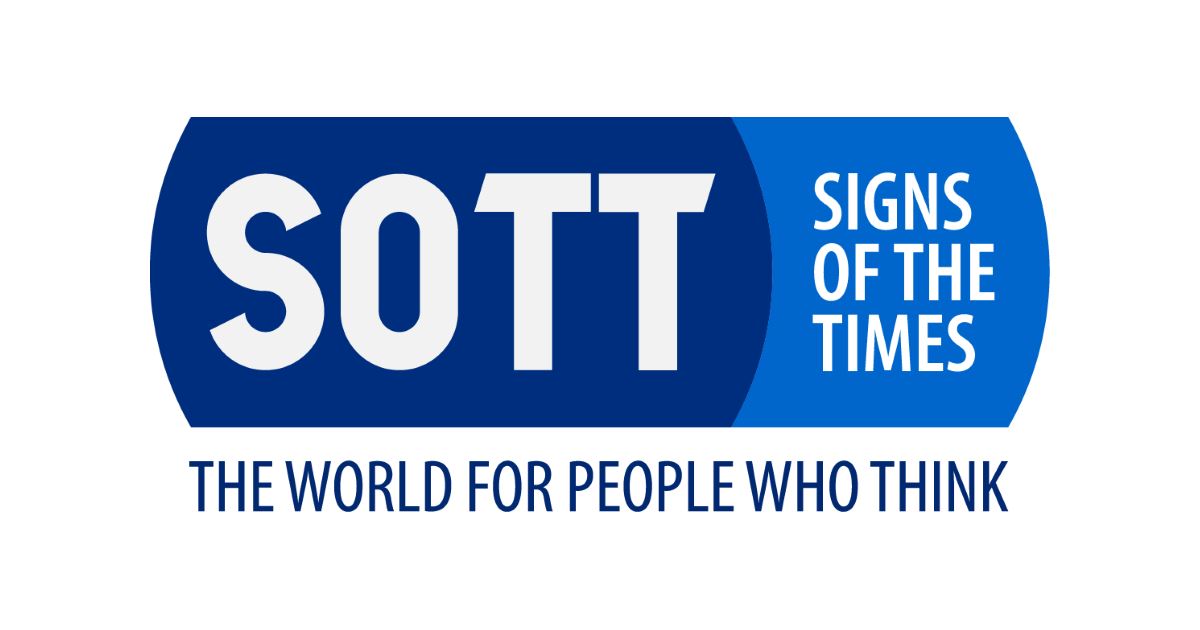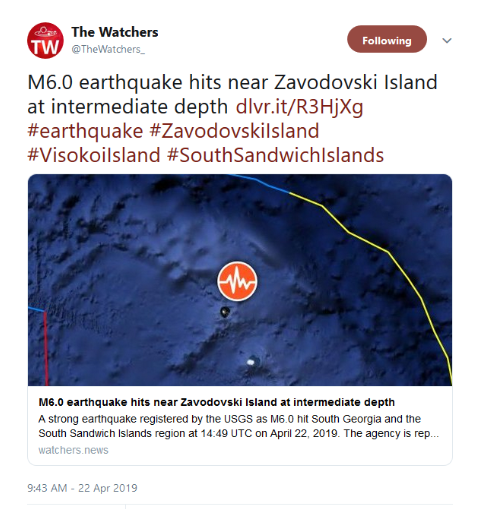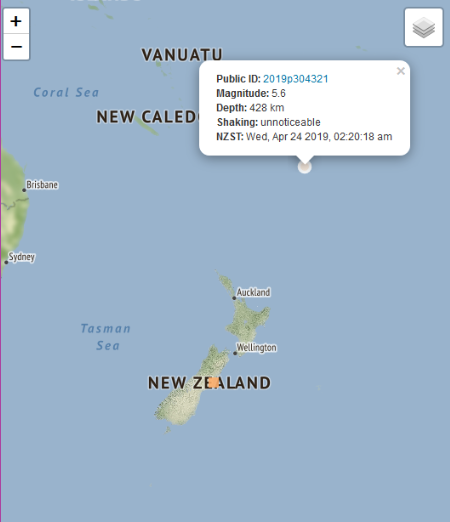Their efforts, published online by the journal
Science on April 18, expand the earthquake catalog for that region and period of time by a
factor of 10—growing it from about 180,000 recorded earthquakes to more than 1.81 million. The new data
reveal that there are about 495 earthquakes daily across Southern California occurring at an average of roughly three minutes apart. Previous earthquake cataloging had suggested that approximately 30 minutes would elapse between seismic events.
This 10-fold increase in the number of recorded earthquakes represents the cataloging of tiny temblors, between negative magnitude 2.0 (-2.0) and 1.7, made possible by the broad application of a labor-intensive identification technique that is typically only employed on small scales.
These quakes are so small that they can be difficult to spot amid the background noise that appears in seismic data, such as shaking from automobile traffic or building construction.
"It's not that we didn't know these small earthquakes were occurring. The problem is that they c
an be very difficult to spot amid all of the noise," says Zachary Ross, lead author of the study and postdoctoral scholar in geophysics, who will join the Caltech faculty in June as an assistant professor of geophysics. Ross collaborated with
Egill Hauksson, research professor of geophysics at Caltech, as well as Daniel Trugman of Los Alamos National Laboratory and Peter Shearer of Scripps Institution of Oceanography at UC San Diego.
To overcome the low signal-to-noise ratio, the team turned to a technique known as "template matching," in which slightly larger and more easily identifiable earthquakes are used as templates to illustrate what an earthquake's signal at a given location should, in general, look like. When a likely candidate with the matching waveform was identified,
the researchers then scanned records from nearby seismometers to see whether the earthquake's signal had been recorded elsewhere and could be independently verified.








